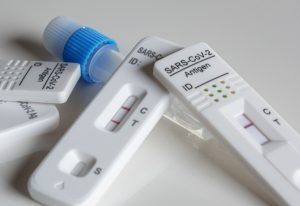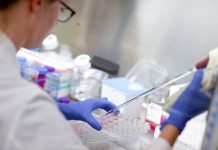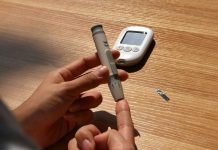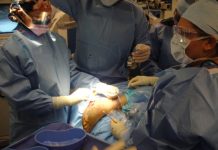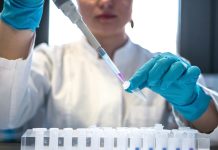The expansion of direct-to-consumer and at-home health tests is on the rise. Consumers are no longer restricted to pregnancy tests and COVID nasal swabs; they can now obtain comprehensive readings of hormone levels or gut health with just a few keystrokes, without a doctor's order. Typically, these tests entail the patient obtaining their own sample, such as hair, blood, or saliva, for analysis. In some instances, the sample is collected by a mobile phlebotomist. The samples are subjected to laboratory analysis for tests that do not yield immediate results.
The US at-home diagnostics industry is anticipated to expand to $9.5 billion by 2031. The prevalence of these tests is experiencing a significant increase due to their accessibility and convenience, which enable individuals to monitor their health from the comfort of their homes. Dr. Walter emphasized the distinction between at-home and in-clinic testing, stating, "The difference [between at-home and in-clinic testing] is really, I think, is counseling." Patient comprehension of the implications of their test results and the pursuit of suitable medical guidance are indispensable as the industry expands. This emerging trend is creating new opportunities and challenges for investors, patients, and physicians, thereby transforming the healthcare landscape.

